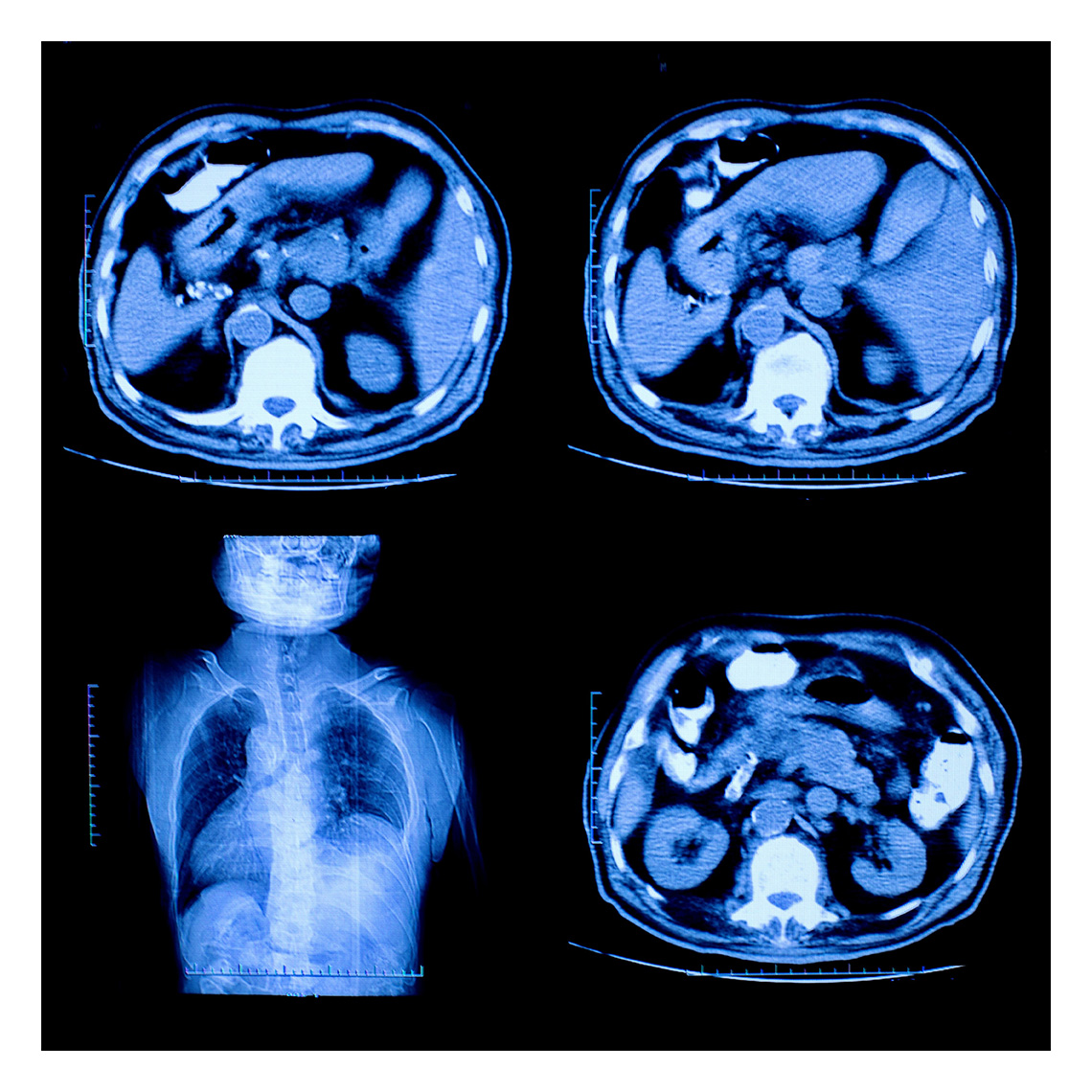Newsletter
Figuring Out Diagnostic Errors
Sep 30, 2015
Most Will Experience at Least 1 Diagnostic Error
--WebMD
A Medical Detective Story: Why Doctors Make Diagnostic Errors
--Wall Street Journal
Doctor Error May Be Incurable, Research Reveals
--Latinos Health
While the headlines announcing the Institute of Medicine’s report, Improving Diagnosis in Health Care, focus on the problem, a more positive aspect of the Report is that it cites important opportunities to reduce the risk of misdiagnosis by studying the data and details available in medical malpractice cases.
The public spotlight on diagnosis-related errors is welcomed as a chance to heighten awareness and direct resources to a problem that is not really news to individuals and organizations already working to improve patient safety. CRICO first reported on diagnosis-related errors in the early 1980s, and has long been using the power of its malpractice database (as well as root causes analyses collected via the AMC PSO) to pinpoint the underlying issues. Indeed, the current IOM Report was informed by data originally published in CRICO’s 2014 Annual Benchmarking Report: Malpractice Risks in the Diagnostic Process. For example:
| Diagnostic Failure in MPL Cases for 23,527 cases filed from 2009-2013 20% alleged a diagnosis-related error (N=4,703) 57% of diagnosis-related cases involved ambulatory care 26% involved inpatient care 17% involved ED care Top missed diagnoses: • cancer 31% of diagnosis-related cases in an ambulatory setting involve a failure or delay in ordering a diagnostic test 23% involve a misinterpretation of a diagnostic test 22% involve the failure to establish a differential diagnosis 35% of diagnosis-related cases (ambulatory) closed with a payment Average payment: $422,000 Source: Comparative Benchmarking System |
As further testament to the significant value to be found in malpractice data, the IOM directly encourages developing “a reporting environment and medical liability system that facilitates improved diagnosis by learning from diagnostic errors and near misses.” Based on that potential knowledge, the IOM specifically recommends:
Professional liability insurance carriers and captive insurers should collaborate with health care professionals on opportunities to improve diagnostic performance through education, training, and practice improvement approaches and increase participation in such programs.
Fortunately, CRICO’s insured organizations and national partners are not starting from scratch. Indeed they are eager to tap into any increased attention and resources driven by the IOM Report to grow the body of work—research and risk-reduction initiatives aimed at missed, delayed, or wrong diagnoses—that they have long supported and led. Throughout those efforts, CRICO and its partners have faced the myriad challenges outlined in the IOM Report. Clearly, there is still much work to be done to dent the problem, including:
- recognizing, sharing, and cataloging errors;
- figuring out what specifically goes wrong, and why;
- developing effective strategies for preventing or recovering from diagnostic errors;
- engaging patients and providers in those risk-reduction measures; and
- finding the time and resources (including technology) to help providers and patients implement those strategies.
The IOM Report aims to directly impact your ability to tackle this humbling problem. Even just agreeing on a definition1 will help as that enables a better identification and coding of errors. Better data means better measurement and analyses, and better analyses mean greater opportunities to develop effective solutions for preventing diagnostic errors, or recognizing them when there is still time to prevent unnecessary harm.
1. "The failure to (a) establish an accurate and timely explanation of the patient's health problem(s) or (b) communicate that explanation to the patient.” National Academies of Sciences, Engineering, and Medicine. 2015. Improving diagnosis in health care. Washington, DC: The National Academies Press
Additional Material
Latest News from CRICO
Utilization of Electronic Health Record Sex and Gender Demographic Fields: A Metadata and Mixed Methods Analysis


The Safety of Outpatient Health Care

